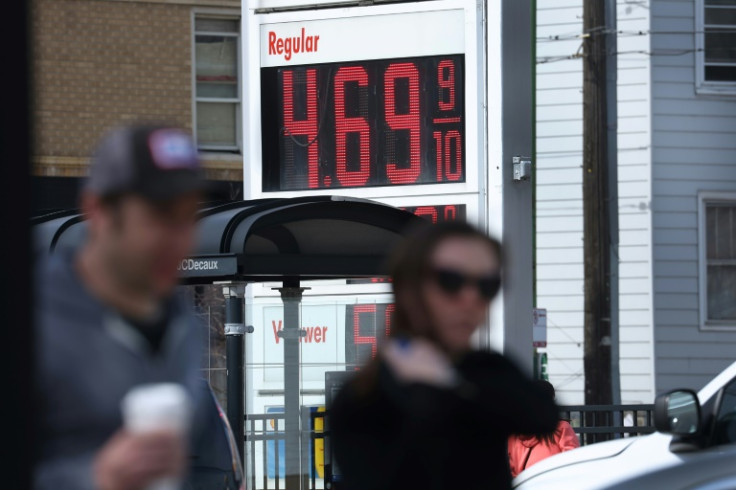Inflation continues to weigh heavily on American consumers as prices surged yet again in March, adding to the strain on household budgets. According to the latest data from the Bureau of Labor Statistics (BLS), the 12-month Consumer Price Index (CPI) rose by 3.5% in March, accelerating from the previous month's rate of 3.2% and marking the highest annual gain in the past six months.

The March CPI report, which matched economists' consensus forecasts, underscores the persistent challenges posed by inflationary pressures in the U.S. economy. Excluding the more volatile categories of food and energy, the core 12-month reading remained unchanged at 3.8%, further highlighting the broad-based nature of price increases across various sectors.
Despite positive indicators such as a historically low unemployment rate and record-high stock prices, Americans have been grappling with a steady rise in the cost of goods and services since the onset of the pandemic. Average prices have surged by over 20% overall, leaving consumers feeling the pinch of escalating expenses, particularly in areas like housing.
However, economists caution that reversing the upward trajectory of prices may not be a swift process. While some sectors, such as grocery prices, have shown signs of moderation, the underlying economic forces driving inflation remain complex and entrenched.
A key contributor to elevated price growth has been the significant worker shortage precipitated by the pandemic, particularly in frontline service industries. The resulting increase in hourly wages has translated into higher labor costs for businesses, leading to upward pressure on consumer prices.
Moreover, lingering supply-chain disruptions stemming from the pandemic have yet to fully abate, further exacerbating inflationary pressures. For example, the automotive sector has experienced notable price surges for both new and used vehicles, driven by challenges in sourcing auto parts and a shortage of skilled technicians.
Sarah House, managing director and senior economist at Wells Fargo, told NBC News that the services sector continues to drive inflation, with price growth remaining elevated in areas such as auto insurance. These persistent challenges underscore the resilience of inflationary forces in the economy.
"The services side is where we're continuing to see stronger [price] growth," House said. "That's where we're still getting an elevated degree of inflation from."
Amid these economic headwinds, American workers have struggled to keep pace with rising prices, as stagnant wage growth has failed to offset the impact of inflation. While federal stimulus measures provided temporary relief during the height of the pandemic, they also contributed to higher consumer spending, fueling further price increases.
In response to mounting inflationary pressures, the Federal Reserve has sought to temper price growth by raising interest rates. However, the effectiveness of these measures has been limited, with borrowing costs for consumers reaching multi-year highs across various sectors.
Despite initial expectations for economic growth to slow and interest rates to be cut in 2024, analysts now anticipate a delay in rate cuts as inflationary pressures persist. The Federal Reserve faces a delicate balancing act as it navigates the need to curb inflation while avoiding actions that could stifle economic recovery.
The latest CPI report adds to the uncertainty surrounding the Fed's policy outlook, complicating its efforts to achieve its target inflation rate of 2%. Investors are now anticipating fewer interest rate cuts than initially forecasted, reflecting the ongoing challenges in taming inflation.
As Federal Reserve Chair Jerome Powell acknowledged, the economic outlook remains "quite uncertain," underscoring the need for vigilant monitoring of inflationary trends and their implications for monetary policy. Rising gas prices and stubbornly high shelter costs have further dampened hopes for a rapid normalization of inflationary pressures.







